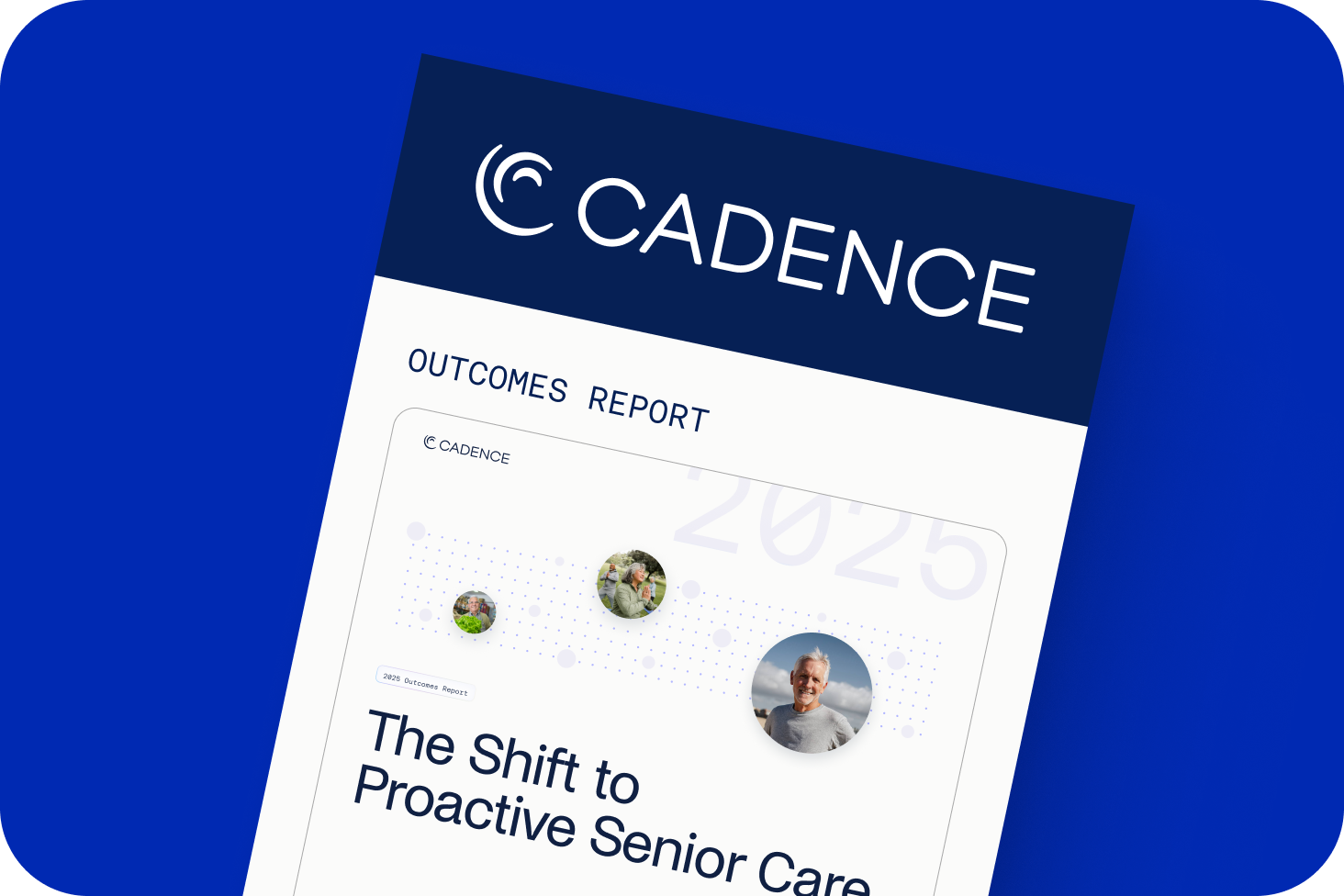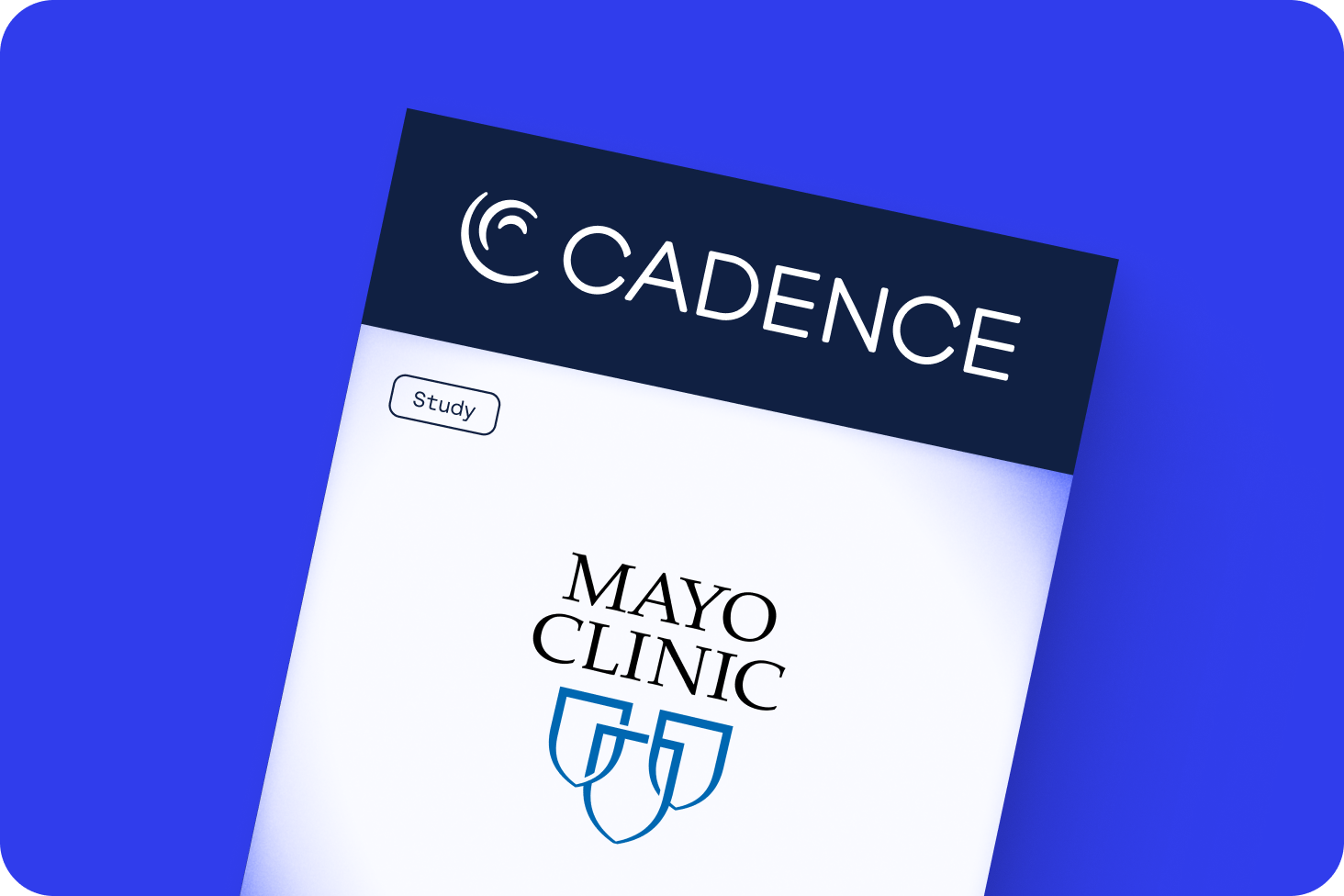Journal of Cardiac Failure publishes positive clinical outcomes for Cadence heart failure patients

The Journal for Cardiac Failure has published Cadence's clinical data on patients with heart failure with reduced ejection fraction (HFrEF), showing significantly improved clinical outcomes for these patients, including increased use of guideline-directed medical therapy (GDMT).
The data was originally presented as an oral abstract at the 2022 Heart Failure Society of America’s (HFSA) Annual Scientific Meeting. The study featured 97 comorbid patients with advanced heart failure who were enrolled in Cadence's remote patient monitoring (RPM) and intervention program. The patients were followed over the course of three months in two cardiology clinics in North Carolina.
Some specific highlights of the data include:
- A 5.5x increase in the percentage of patients on all four pillars of guideline directed medical therapy (GDMT). GDMP is a treatment that saves and improves the quality of lives for patients with heart failure, and there is a strong correlation between the use of GDMT and reductions in hospitalizations and mortality as well as improvements in quality of life for HFrEF patients.
- A significant increase in the percentage of patients on >50% target dose for all pillars of GDMT other than beta blockers. Cadence titrated medications safely and steadily to achieve high doses and rates of these life-saving heart failure medications.
- A 1.5x and 3x increase in the percentage of patients on mineralocorticoid receptor antagonist (MRA) and sodium glucose co-transporter 2 inhibitors (SGLT2i), respectively. Robust data shows these two medications result in significant reduction in heart failure hospitalizations and mortality.
- A significant decrease in patients’ blood pressure, as well as optimization of other heart failure related vitals (blood pressure and weight).
In the aggregate, this data shows how widespread implementation of Cadence's technology and clinical solution can positively improve the trajectory for patients with heart failure and help these patients lead healthier and longer lives.
Learn more about the data and read the entire Journal for Cardiac Failure publication here.






